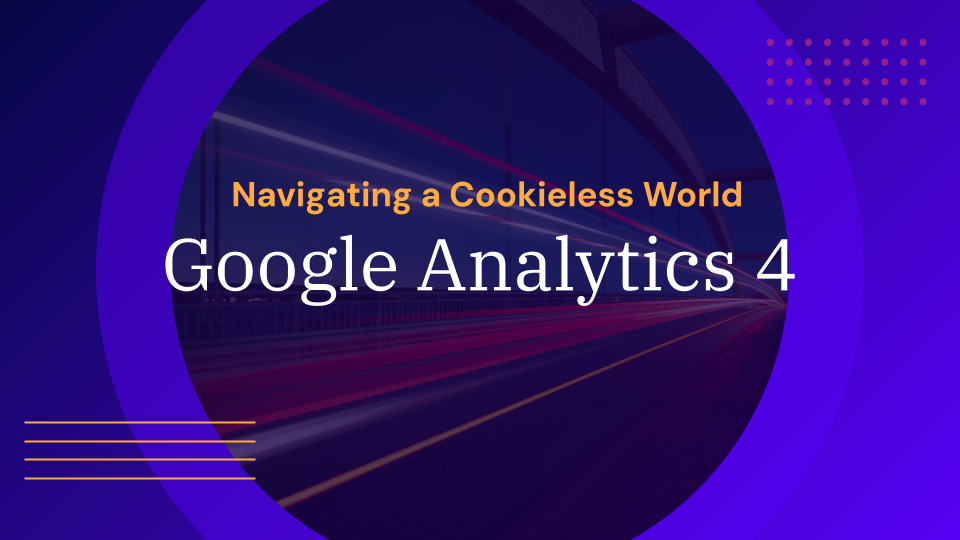
Ad Exchange’s First-Price Auction soon a reality
As we mentioned in our July blog post, Google announced in early March of this year that Ad Exchange will be moving to a first-price auction. This is following SSPs such as AppNexus, Rubicon, Index Exchange and Sovrn making the same move from second-price to first-price over the last few years. The transition towards a first-price auction has generally been lauded as an improvement to the programmatic advertising ecosystem, as it will increase transparency across the industry and simplify yield management for publishers.
Where are we now?
Since our July blog post -when only five percent of publishers’ Ad Exchange traffic transacted through first-price auction- Google has slowly ramped up. Since last week (September 10th), Ad Exchange traffic started to be transitioned in full to a first-price auction. Having said that, the transition to a first-price auction will still be applied gradually over the course of a few weeks. This also allows publishers to ensure that they’ve set up Protections, URLs, and unified pricing rules according to best practices.
Following tests of the performance of the change over the last few months, the results have shown that on average, first-price auctions have had a neutral to a positive impact on a publisher’s total revenue.
Since the transition from second-price to first-price is a big change, a small percentage (3% or less) of Ad Exchange traffic currently continues to be governed by the second-price auction model in order to monitor performance and to ensure minimal disruption to publishers’ revenue.
First-price vs second-price auction
But what was the difference again? The difference between the two types of auctions lies in the price paid. In a first-price auction, the closing price is determined by the highest net bid in the auction. In the current second-price auction structure the closing price is determined by the second-highest net bid in the auction. As a practical example: if the highest bid is €10, and the second-highest bid €6, with a floor price set at €8, the buyer with the highest bid will pay €8 and not €6 due to the set floor price. On the other hand, in a first-price auction, the buyer with the highest bid in previously mentioned will pay a bid price of €10 even though the publisher would have accepted €8.
What should publishers do?
Since it is likely that buyers will start bidding less after they learn that once they win the auction, their bid price will be the price paid, it is unwise to increase the floor prices set in your Unified Pricing Rules compared to your Open Auction Pricing Rules.
That said, if buyers are too slow in making adjustments to their campaigns, you can reap the benefits temporarily since in a second-price auction, buyers’ will bid more than they are willing to pay since the price paid will always be lower than the bid price.
As often recommended with a new AdX network setup, you could set up their Unified Pricing Rules with a €0 or very low floor price, to allow all bids to be considered in the auction. Setting a low floor price maximizes auction pressure and provides you with a unique insight into the actual value of your inventory. After running the inventory at a €0 or very low floor price for a while, several different reports based on a variety of dimensions (for example inventory sizes, geography, ad units, viewability or sites) will show what part of your inventory is deemed most valuable by buyers. Based on these insights, you can subsequently divide your inventory according to this data and set higher floor prices** (or rather: target CPMs) for the inventory that buyers are willing to pay a higher price for and/or inventory that is in high demand (evident through high fill rates).
It is important to remember that to continue to hit the ‘sweet spot’ of maximum revenue, you need to continue to monitor performance and make adjustments accordingly. There are many factors that influence buyer behaviour and if you do not play into this, you will lose out.
**A floor price is a hard and fast minimum CPM that you set, which means that the lowest winning bid must be no less than the floor price, otherwise the ad request will remain unfilled. Using a target CPMs can assist publishers to generate more revenue over time as it allows the Google algorithm to increase or decrease the publisher’s floor prices dynamically to ensure a higher match rate, while the target CPM is maintained as the average floor price.
What should advertisers and agencies do?
On the buy-side, once you learn that a lower bid is sufficient to win the auction, it makes sense to lower your bids from going forward, of course, while monitoring performance as adjustments are made to ensure you still outbid other buyers. Lowering your bids is also essential with the move towards hundred percent first-price auction since bid price now will become paid price as well which means that if you do not adjust your strategy, you might go through your media spend a lot quicker than necessary. You may also find that often, a lower bid is accepted as the winning bid because other buyers are also submitting lower bids.
For this reason, some buyers have resorted to bid shading, where historical bid information is analysed to calculate the likely bid price required to win the auction. This bid price usually is between what the second and first-price bid would be. While it sounds ideal, there are hidden fees attached while it is unclear if or when this is the case.
What is the alternative? Google’s stance has been to utilise optimised fixed CPM bidding which essentially is a free bid shading tool. Also, since DV360 Automated Bidding is not impacted by the changes in auction dynamic, it is recommended to use Automated Bidding if the line item is eligible.
The shift to a first-price auction is a positive one since it adds standardisation to bidding strategies. Google now provides buyers with the minimum bid price that won the auction after it has closed, information that you can use to your advantage for future bidding strategies. This also reduces the reliance on bid shading and the need for paying its hidden fees to adtech companies.
A change is as good as a holiday
As with all updates, for both sell and buy-side it is essential that all changes are made gradually and that the impact is monitored closely. The sell-side aims to maximise revenue for their inventory, while the buy-side aims to spend as little as possible while at the same time maximising performance. And so it remains a balancing game regardless of whether the ad requests filter through a second-price or first-price auction.
At the end of the day, the transition to unified first price auctions was initiated to help publishers simplify their advertising revenue management and to increase transparency across the ecosystem.
If you’re interested in learning more, please feel free to reach out to your Account Manager should you have any questions about this change – or reach out to us here.
Browse: Industry Insight
Read Next
Find out how we can help you
With offices around the world, we can build a team perfect for your needs.

